Ceramics are inorganic and nonmetallic materials that are necessary for our everyday lives. We are surrounded by ceramics products in our day-to-day life, be it in the form of pottery and showpieces but also technical products. Tile, bricks, plates, glass, and toilets all fall into this category of these materials. They usually have excellent strength and hardness properties, but they are brittle by nature. Nowadays, the term “ceramic” encompasses a broader range of items like glass, advanced ceramics, and certain cement systems and not just artifacts.
Post your Requirement
Ceramics are often manufactured by molding clay, earthy substances, powders, and water mixes into desired shapes. It is quite a versatile and flexible material that can be molded or modified into many kinds of products. It can be dense or lightweight depending on how they are made. lazes are ornamental, waterproof, paint-like substances that can also be easily applied to ceramics.
Definition of Ceramic Material
Ceramics is a substance that is neither metallic nor biological in nature. It looks crystalline, glassy, and sometimes a combination of both of them. This material is generally hard and chemically inert therefore heat can be used to create or densify it. Clay, bricks, tiles, glass, and cement are some of the most well-known examples of this product. It can be used to create many things more than just pots and dishes.
it is also utilized in electronics because it can be semiconducting, superconducting, ferroelectric, or insulating depending on its composition. Spark plugs, fiber optics, artificial joints, space shuttle tiles, cooktops, micropositioners, chemical sensors, and other technical products are all made of ceramics.
It may also be made into electrically conductive materials, which enable electricity to flow through their bulk, or insulators, which prevent electricity from flowing. Magnetic qualities can also be found in this product.
Examine the most prevalent properties of ceramics
- Extremely Durable
- High modulus of elasticity
- High corrosion and chemical resistance
- Offers great durability
- Lack of ductility
- Relatively high melting point
- Can withstand high temperature
- Weather Resistance
- Perdurable
- Provide great electrical insulation
- Minimal thermal expansion
- Various thermal conductivity
- Tensile Strength is Low to Medium
- High Compressive Strength
- Multiple Opacity options
- Can break easily at room temperature
- Can easily break on impact
- Low Thermal Shock Resistance
- Medium Machinability
Ceramics’ most important general quality is that they are refractory: they are tough products that can withstand a lot of damage in both ordinary and extreme conditions. Apart from this it also has some extraordinary characteristics which are quite impressive. Let’s have a look at the rundown of ceramics properties:
- Extremely Durable
This material is created by heating them to extremely high temperatures and then swiftly cooling them. Because of the quick quenching, they do not have enough time to make suitable bonds, and the bonds that they do form become rather rigid as a result of the rapid processing.
- High modulus of elasticity
Because it is bound either covalently or ionically, its elastic modulus is generally larger than that of metals. This type of bonding is more durable than metallic bonding. Its high stiffness is determined by evaluating its elasticity after applying a force.
- High corrosion and chemical resistance
This is a high-performance material that is far more corrosion-resistant than metals and alloys. They are passivated against chemical corrosion even in hostile conditions because of their great chemical stability. This corrosion resistance is also one of its benefits over metals, plastics, and other products.
- Offers great durability
It has a high degree of rigidity and does not bend readily. Therefore its shape, figure, and size remain the same even when pressure is applied to it. This product stands out for its rigid and steady dimensional performance.
- Lack of ductility
It features a large number of internal fissures, making it difficult for dislocations to migrate. Intension, the longest fracture propagates extremely quickly perpendicular to the axial force exerted. It also has limited room to stretch during cracking, giving it very poor ductility.
- Relatively high melting point
This often has very high melting temperatures, frequently considerably higher than metals and polymers, due to their strong bond strengths. Its melting point is above 2000°C and as a result, they are frequently employed in high-temperature applications.
- Can withstand high temperature
It can survive extreme temperatures while still maintaining mechanical and electrical qualities. lt will continue to perform with consistency and dependability. This is ideal for high-temperature applications such as furnaces, braking systems, and cutting tools because of this feature.
- Weather Resistance
They are both waterproof and frost resistant therefore they can be used on exterior as well as interior surfaces. Also, the wear and tear rate of the construction structure on a property is very less due to this feature.
- Perdurable
The binding pressures that occur between two substances govern the wear behavior of this substance. Like metals, this material also develops strong adhesion connections, making it robust against wear and tear.
- Provide great electrical insulation
It has long been used as an electric insulator since it restricts the flow of electric current. However, it is a great electrical conductor. Free electrons are not allowed in this substance because of the ionic bonds that hold the atoms together.
- Minimal thermal expansion
It has a thermal expansion coefficient that is less than half that of most steel which means when it is heated its size and volume have very slight or negligible change.
- Various thermal conductivity
Thermal is the property that defines how much heat is transported through a substance. It comes in a variety of thermal conductivity levels; some have high conductivity and transfer heat effectively, while others have low conductivity and transmit less heat.
- Tensile Strength is Low to Medium
It has low to medium strength which needs to be handled with a little care. Also, the Imperfections lower the tensile strength of this material and are full of these defects.
- High Compressive Strength
Because of their inherent poor fracture toughness, this product is generally loaded in compression. They have compressive strengths that are approximately 10 times greater than their tensile strengths.
- Multiple Opacity options
It is usually opaque due to the use of an opacifier such as tin oxide or zirconia. However, some chemical profiles can turn clear glazes milky and make opacification better.
- Can break easily at room temperature
Unlike most metals, virtually it is brittle at room temperature, meaning that when you put it under stress, they fail quickly with little or no plastic deformation.
- Can easily break on impact
Compared to titanium, stainless steel, and a variety of other tough materials, it has a lower density and weight. This also means it has low strength when subjected to pressure or an object.
- Low Thermal Shock Resistance
The capacity of a product to survive high and fast temperature fluctuations is referred to as thermal shock resistance. Thermal stresses of this product are caused by these temperature changes, which result in the spread of microcracks that irreversibly destroy the material.
- Medium Machinability
A vast range of these products has been created, and their machinability varies. The machinability of this substance is medium. It is a low-cost product with excellent machinability and a wide variety of uses.
Take a look at Different Ceramic Products:
Products made from Ceramics are brittle, rigid, and porous. As a result, they are utilized in the production of pottery, bricks, tiles, cement, and glass. Due to its versatility, this substance is employed in a variety of applications. Some of the notable products made from it are listed below:
- Glasses
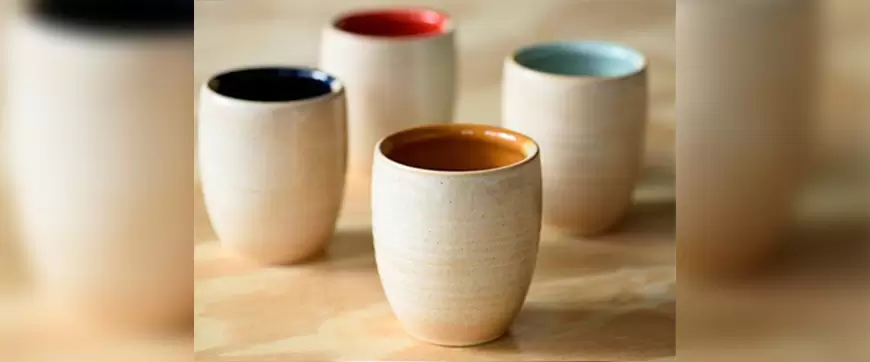
Glasses are a well-known type of this product. It can be used to make artifacts, homecare products, windows, mirrors, lenses, etc. They are non-crystalline silicates with additional oxides, often CaO, Na2O, K2O, and Al2O3, that impact the glass’s characteristics and colour. The reaction to heating is a common feature of glass that is useful in engineering applications.
- Clay
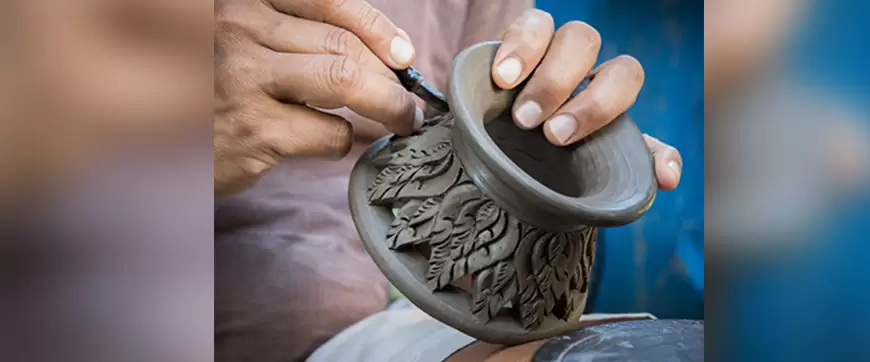
One of the most common raw materials of this substance is clay. It is abundant and popular because of the simplicity with which things may be manufactured using it. There are two types of clay goods: structural items and whiteware.
- Cement
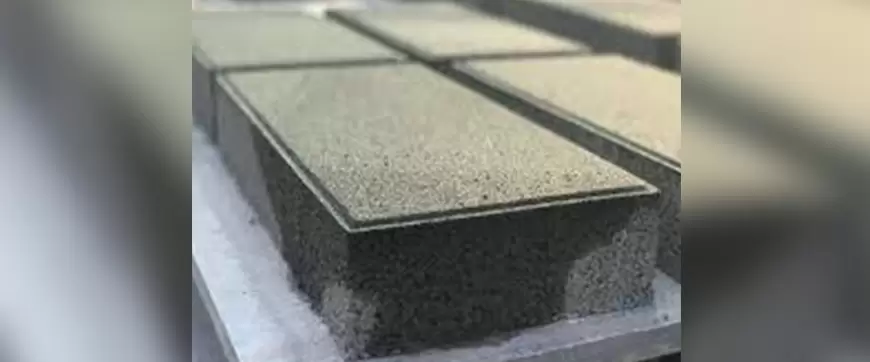
The products in this category include cement, plaster of Paris, and lime. It has the unique feature of forming a slurry when combined with water, which then sets and hardens. As a result, nearly any shape may be formed. They are also employed as bonding agents, such as between building blocks.
- Tiles
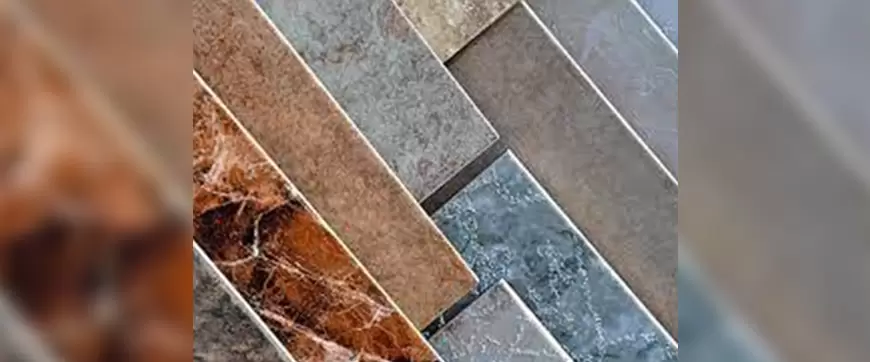
Tiles are made from clay, cement, and other natural resources like sand, quartz, and water. They are generally utilized as bathroom wall and kitchen floor surface in homes, restaurants, businesses, and retail establishments. Installing, cleaning, and maintaining them is a simple task.
- Bricks
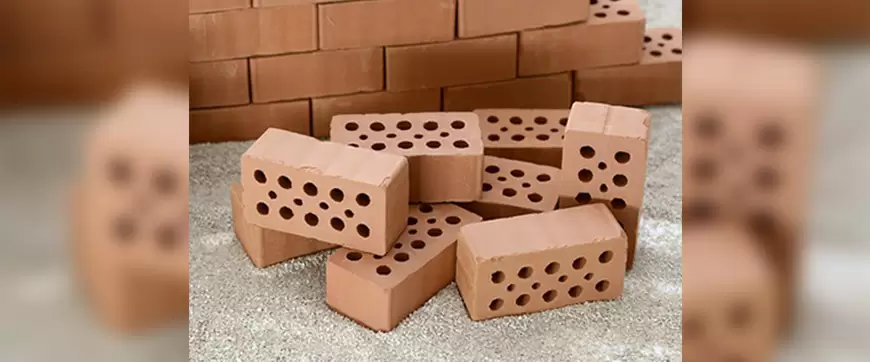
Bricks are made by heating them like sand and clay. The qualities of burnt bricks vary greatly depending on their composition and manufacturing. In general, they are strong, hefty, brittle, and can tolerate high temperatures. Walls, landscaping, fireplaces, and chimneys are some examples.
- Pipes
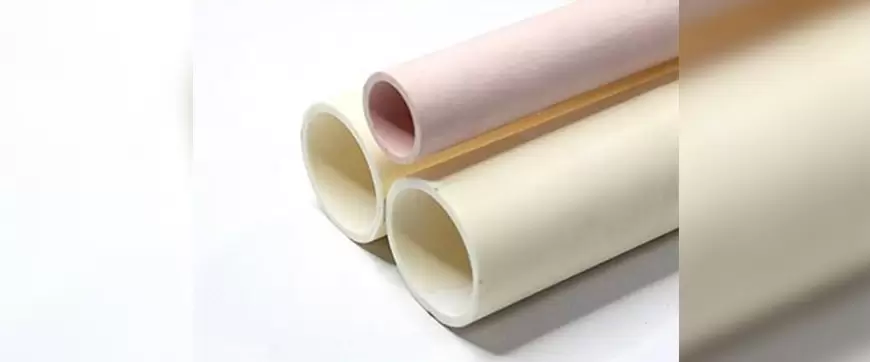
Pipes are made utilizing cutting-edge process engineering. They are long-lasting, eco-friendly, and low-maintenance. They can also withstand chemically aggressive wastewater. Their lifespan is expected to be in excess of 150 years.
Check Out Ceramic material from McCoy Mart
McCoy Mart is the place to go if you need ceramic material. It is a website that sells high-quality hardware, construction, and home improvement products among other things. Here you can also get authentic products at reasonable prices. With a pro account, you can customize the results by modifying the browser and app settings.

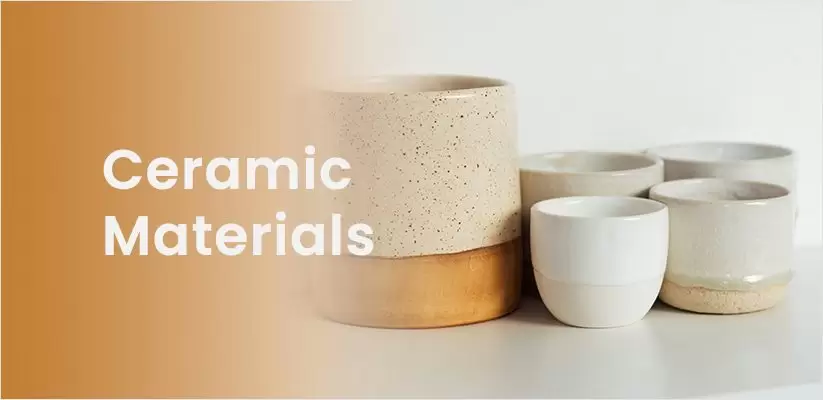
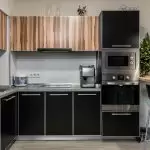


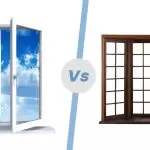

















Post A Comment